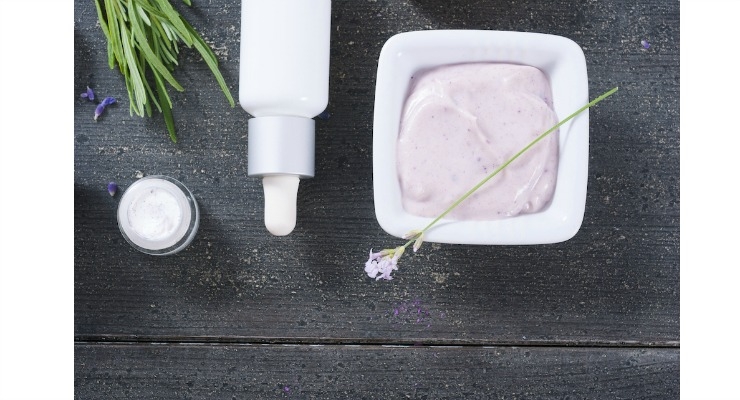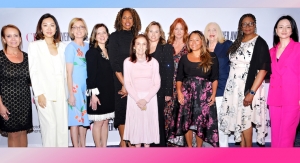Jamie Matusow, Editor-in-Chief11.23.15
In 2015, brands both large and small have seemingly elevated skin care formulations to a whole new level—both in formulations and with packaging and dispensing. With the goal of reaching consumers around the world, the primary focus is on China, Europe, and the United States—three of the world’s leading markets for professional skin care products.
Recent research from international market research and management consulting firm Kline found that while Europe surprised everyone with the strongest growth it had experienced in the past six years, China managed to maintain momentum and the status of being the largest of these markets despite the current economic slowdown and challenging political conditions, with an uptick across all distribution channels in 2014.
These three culturally distinct regions highlight that social, ethnic, and environmental factors play an undeniable role in shaping consumer preferences and behavior in the market, and therefore each market is unique, offering distinct growth pockets. The ethnic and cultural influences in China are most evident in the order of skin care concerns that drive the professional skin care market. The youthful appearance and resilience of Asian skin to the signs of aging, particularly wrinkles, is well known, and while skin aging is the leading concern globally, it ranks only third in China. The Chinese culture highly regards the complexion and clarity of skin, and is more concerned with dryness and skin-whitening.
In contrast with the product-driven markets of the United States and Europe, where retail take-home sales are nearly triple the size of professional-use product sales, in China, back-bar sales at spas, salons, beauty institutes, and physicians’ offices have a sweeping lead over take-home sales, shedding light on the service-led nature of this market. China offers an active market for local brands, as well as international players, such as SkinCeuticals, Decléor, and NeoStrata. International brands, although accounting only for a little over one-tenth of the Chinese market, continue to thrive, growing at a healthy rate of over 8% and outpacing the market, which posted growth of under 5% in 2014.
On Shelves
There are some new high-potency products on the market that have caught our eye— many in note-worthy packaging—and noteworthy pricing.
See them here in the SLIDESHOW: High-Potency Skin Care Products in Noteworthy Packaging
The skin care brands that are featured are all using a variety of different types of packaging, including serum bottles, unit-dose packaging, bottles with airless pump dispensers and more. As always, the delivery system is closely linked to the effectiveness of each of these products.
Read More:
Online Exclusive by Euromonitor's Amanda Hartzmark: Petite and Precise: Developments in Skin Care Packaging
Beauty Packaging's Feature: Simply Flawless Skin Care Packaging
Experts Opinion by NPD's Karen Grant: Makeup Trends that are Redefining the Industry
Stay tuned for some of the most exquisite skin care packages of 2015 - as featured in Beauty Packaging’s December Issue.
Recent research from international market research and management consulting firm Kline found that while Europe surprised everyone with the strongest growth it had experienced in the past six years, China managed to maintain momentum and the status of being the largest of these markets despite the current economic slowdown and challenging political conditions, with an uptick across all distribution channels in 2014.
These three culturally distinct regions highlight that social, ethnic, and environmental factors play an undeniable role in shaping consumer preferences and behavior in the market, and therefore each market is unique, offering distinct growth pockets. The ethnic and cultural influences in China are most evident in the order of skin care concerns that drive the professional skin care market. The youthful appearance and resilience of Asian skin to the signs of aging, particularly wrinkles, is well known, and while skin aging is the leading concern globally, it ranks only third in China. The Chinese culture highly regards the complexion and clarity of skin, and is more concerned with dryness and skin-whitening.
In contrast with the product-driven markets of the United States and Europe, where retail take-home sales are nearly triple the size of professional-use product sales, in China, back-bar sales at spas, salons, beauty institutes, and physicians’ offices have a sweeping lead over take-home sales, shedding light on the service-led nature of this market. China offers an active market for local brands, as well as international players, such as SkinCeuticals, Decléor, and NeoStrata. International brands, although accounting only for a little over one-tenth of the Chinese market, continue to thrive, growing at a healthy rate of over 8% and outpacing the market, which posted growth of under 5% in 2014.
On Shelves
There are some new high-potency products on the market that have caught our eye— many in note-worthy packaging—and noteworthy pricing.
See them here in the SLIDESHOW: High-Potency Skin Care Products in Noteworthy Packaging
The skin care brands that are featured are all using a variety of different types of packaging, including serum bottles, unit-dose packaging, bottles with airless pump dispensers and more. As always, the delivery system is closely linked to the effectiveness of each of these products.
Read More:
Online Exclusive by Euromonitor's Amanda Hartzmark: Petite and Precise: Developments in Skin Care Packaging
Beauty Packaging's Feature: Simply Flawless Skin Care Packaging
Experts Opinion by NPD's Karen Grant: Makeup Trends that are Redefining the Industry
Stay tuned for some of the most exquisite skin care packages of 2015 - as featured in Beauty Packaging’s December Issue.




























